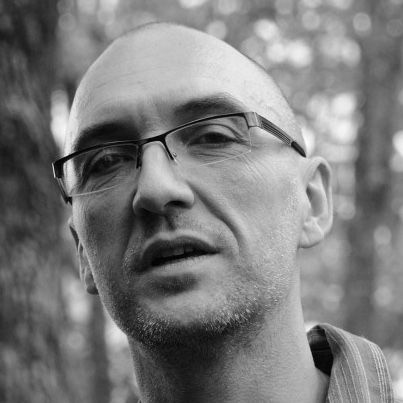Sat 13 December 2025
Ekaterinburg, Russia
It’s a hybrid event, all speakers are welcome to either attend it in person or present their work remotely over Zoom.
The 5th International Conference on Code Quality (ICCQ) is a one-day computer science event focused on static and dynamic analysis, program verification, programming languages design, software bug detection, and software maintenance. ICCQ is organized in cooperation with Ural Federal University and IEEE Russia (Siberia) Section.
Program Committee
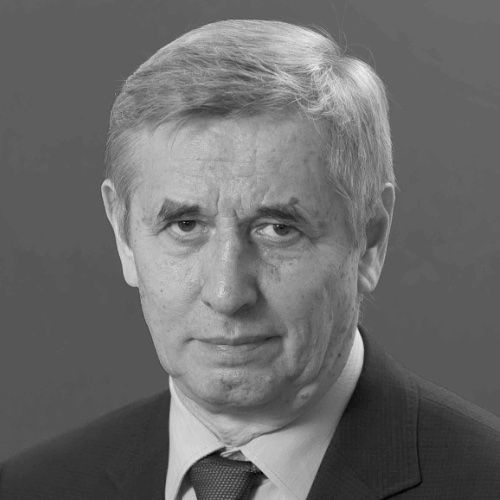 Alexander Legalov (Chair)
Alexander Legalov (Chair)
HSE
And in alphabetical order:
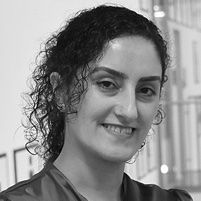 Sara Abbaspour
Sara Abbaspour
Mälardalen University
 Mohammad Alshayeb
Mohammad Alshayeb
King Fahd University of Petroleum and Minerals
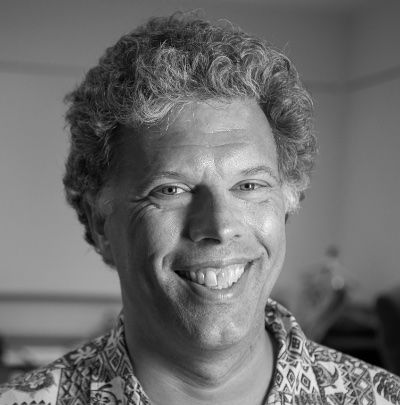 Thomas Ball
Thomas Ball
Microsoft Research
ACM Fellow
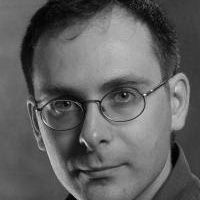 Pietro Braione
Pietro Braione
University of Milano-Bicocca
 Jacques Carette
Jacques Carette
McMaster University
 Bernhard Egger
Bernhard Egger
Seoul National University
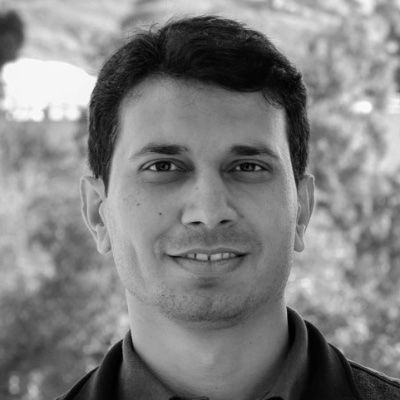 Umar Farooq
Umar Farooq
Louisiana State University
 Eduardo Fernandes
Eduardo Fernandes
University of Southern Denmark
 Javier Luis Cánovas Izquierdo
Javier Luis Cánovas Izquierdo
Universitat Oberta de Catalunya
 Ranjit Jhala
Ranjit Jhala
University of California, San Diego
ACM Fellow
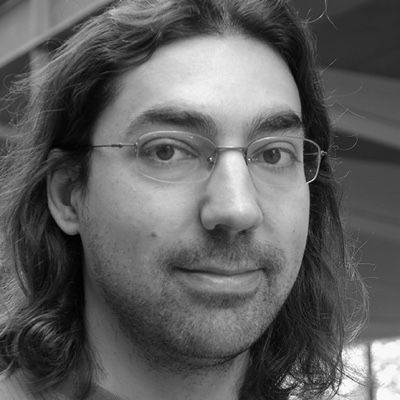 Antoine Miné
Antoine Miné
Sorbonne Université
 Murali Krishna Ramanathan
Murali Krishna Ramanathan
Amazon Web Services
 Francis Palma
Francis Palma
University of New Brunswick
 Bjorn De Sutter
Bjorn De Sutter
Ghent University
 G. Gary Tan
G. Gary Tan
Pennsylvania State University
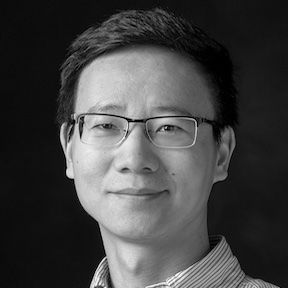 Guowei Yang
Guowei Yang
University of Queensland
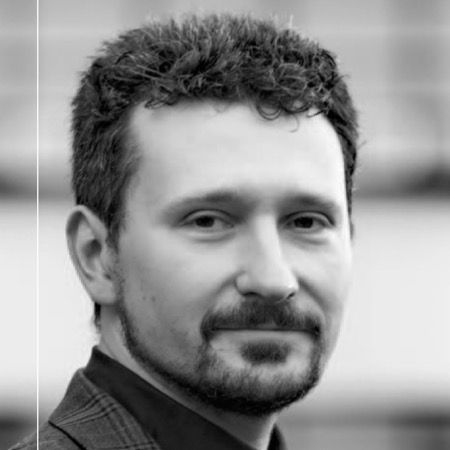 Vadim Zaytsev
Vadim Zaytsev
University of Twente
Program / Agenda
Watch us live on YouTube.
12:00 (Moscow time)
Yegor Bugayenko:
Opening
12:10

Daria Liutova:
Multilingual Code Comment Translation: A Case Study on Chinese, English, and Russian
12:40

Aleksei Menshutin:
Path-Minimal Objects in ArkTS Symbolic Execution
13:10

Artem Eroschenko:
Modeling and Software Development the Virtual Lab “Tonomura’s single-electron double slit experiment”
13:40

Alexander Dikov:
Diffusion vs Autoregression: An Empirical Study on Code Comment Translation
14:10 Closing
Accepted Papers
We received 39 submissions. 23 papers were desk rejected. 4 papers were accepted. Each accepted paper received at least three reviews from PC members.
Multilingual Code Comment Translation: A Case Study on Chinese, English, and Russian Quanyu Wang, Daria Liutova, and Valentin Malykh
The increasing prevalence of multinational software teams has heightened the need for effective cross-lingual communication, particularly in code documentation. Translating source code comments poses unique challenges due to their mixed natural language and programming constructs. This study focuses on translating Chinese comments in Python code into Russian and English while preserving code-specific terminology and contextual accuracy. We introduce a manually annotated parallel corpus of 1,258 Chinese comments from real-world Python projects, enriched with metadata on comment type and code context. Four multilingual neural machine translation models and two large language models are evaluated in zero-shot and fine-tuned settings for the ZH→RU and ZH→EN directions using BLEU, BERTScore, and COMET metrics. Fine-tuning significantly improves translation quality and resolves systemic zero-shot errors. The best-performing model is further assessed via an LLM-based expert evaluation (DeepSeek), highlighting strong semantic adequacy but room for improvement in terminology consistency. Finally, the model is deployed on Hugging Face Spaces as an interactive tool for real-time code comment translation.
Path-Minimal Objects in ArkTS Symbolic Execution Aleksei Menshutin
We study symbolic test generation over the Ark intermediate representation (ArkIR), obtained either from ArkTS/TypeScript/JavaScript source or produced by transforming ArkTS bytecode (.abc) in the ArkTS toolchain. Our contribution is path-minimal objects (PMOs): we construct inputs that contain exactly the properties required to satisfy a chosen path—no more—and can emit runnable TypeScript tests (Jest-style) that replay the same path with a lightweight structural assertion. This explicit minimality fixes the test’s pre-state obligations and avoids noisy, over-specified fixtures. Our key design choice is to separate typing from path reasoning. Typing constraints—collected from typeof/instanceof and available annotations—are solved alongside execution by a lightweight type solver; its commitments prune forks and decode unknown values. The path condition remains independent of typing and contains only numeric/boolean/bit-vector constraints plus field-membership atoms and guarded reads. Special run-time values (NaN, -0) and exceptions are handled precisely; in-path mutations and deletions never become entry obligations. On representative ArkIR fragments, the executor automatically discovers and replays paths that exercise membership vs. absence, coercions to NaN, strict vs. loose equality (===/==), nested reads, write–then–delete, correlated integer truncations (|0), and unreach- able branches. The evaluation is qualitative and demonstrates feasibility. Expanded benchmarking and broader coverage of ArkTS instructions (e.g., imports, enums) are in progress.
Modeling and Software Development the Virtual Lab “Tonomura’s single-electron double slit experiment” Alexander Baranov, Artem Eroschenko, Ilya Voronchuk, and Denis Vesyoly
The article discusses software development of the virtual lab “Tonomura’s single-electron double slit experiment”. The second-year IT students’ team of the Novosibirsk State Technical University NETI (NSTU NETI) developed the interactive simulator of the famous experiment demonstrating the corpuscular-wave properties of electrons. The relativistic energy-momentum relation for electrons and the superposition principle for wave functions were used in forming mathematical models. The original algorithm was developed to simulate random dynamics of the single electron interference pattern formation. The virtual lab is implemented on the basis of the Unity game engine (C#) based on the principles of Clean Architecture. The virtual laboratory with the electron microscope and two monitors is visualized in the main window. The first virtual monitor is used to set up and display the user-specified values of the physical parameters. The second virtual monitor dynamically displays the interference pattern sequentially formed by individual electrons. The IT students’ work was carried out in the process of organized STEM oriented project activities of computer modeling at the Department of General Physics of the NSTU NETI. The virtual lab can be used in the educational process when students learn quantum physics.
Diffusion vs Autoregression: An Empirical Study on Code Comment Translation Vladimir Zvorygin, Alexander Dikov and Valentin Malykh
Recent advances in diffusion-based large language models (dLLMs) position them as a promising alternative to autoregressive decoders for text generation. This study evaluates dLLMs on the task of translating in-code comments from Chinese into Russian and English. We benchmark two diffusion LLMs (DiffuCoder and Dream) against a size-matched autoregressive baseline (Qwen2.5). Using a bilingual corpus of paired code and comments, we analyze generation behavior and report BLEU and COMET scores together with wall-clock generation latency measured under identical hardware and decoding settings. Experimental results indicate that, under comparable conditions, diffusion models can better preserve in-code context and technical terminology and — in several configurations — achieve improvements in automatic translation metrics while offering favorable trade-offs between quality and inference time. This work provides a focused benchmark for code-comment translation and highlights the practical potential of diffusion-based methods for code intelligence and machine translation tasks.
Partners
Organizers
These people are making ICCQ 2025:
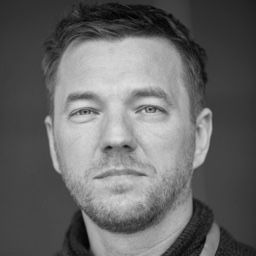 Yegor
Yegor
Bugayenko (Chair)
 Ksenia
Ksenia
Gyrdimova
Registration
The conference will be streamed live on our YouTube channel and you will be able to watch it without registration.


